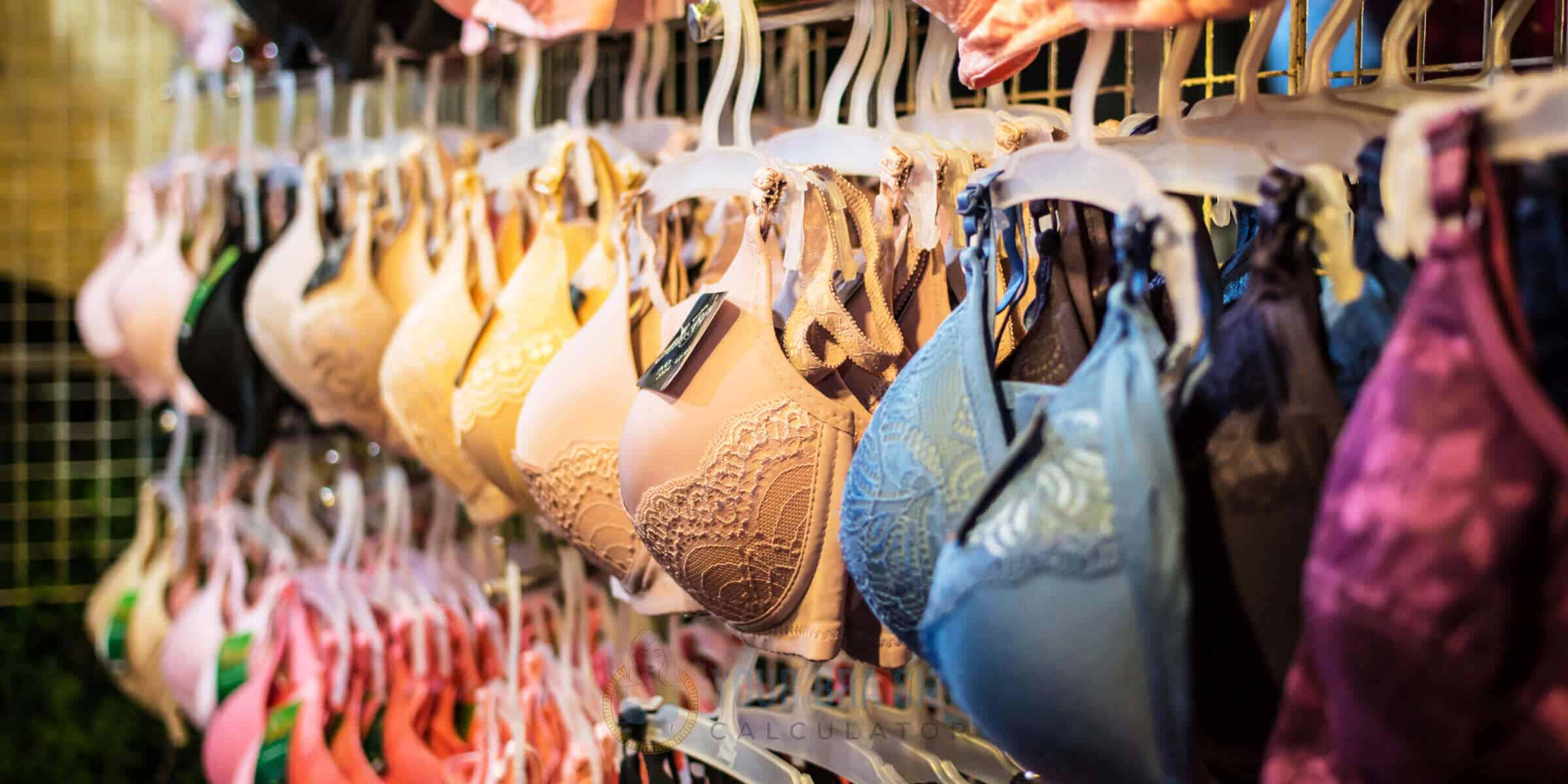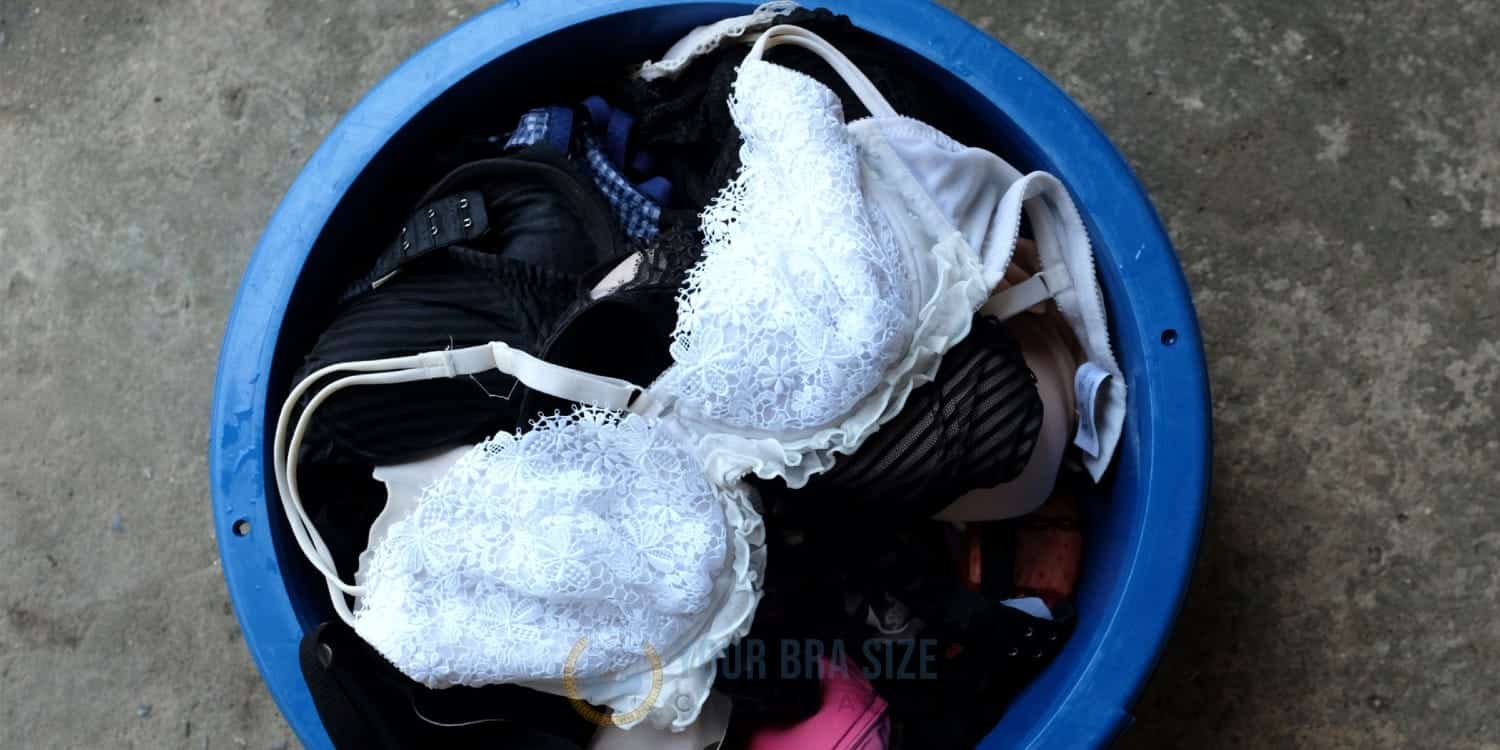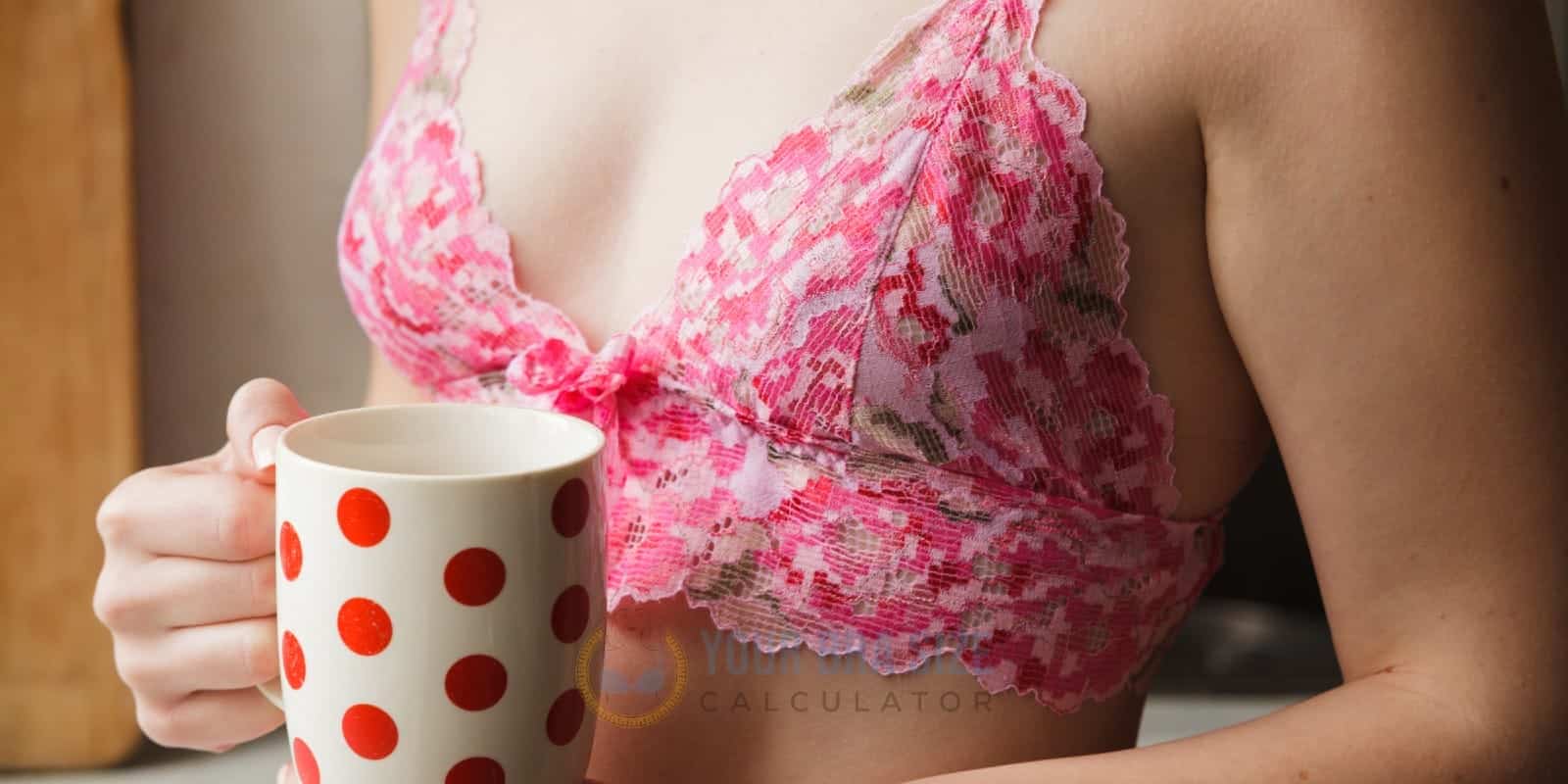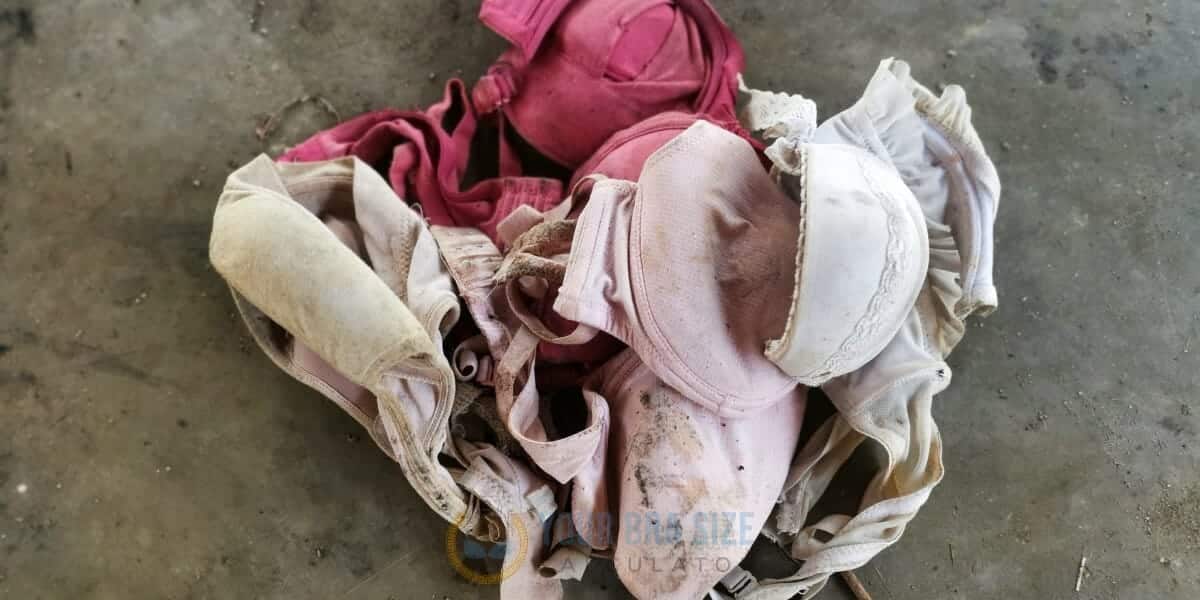It’s hard to imagine life without bras. From lacy balconettes and delicate push-ups to supportive sports bras, they’ve been integral to a woman’s wardrobe for centuries. But have you ever wondered where these undergarments originated or how they evolved? Let’s look at the fascinating journey of the bra – a garment that has supported women through all stages of their lives.
Throughout history, different types of clothing have been designed to support breasts. Still, it wasn’t until 1914 that Mary Phelps Jacob invented the modern bra as we know it today. She created it out of two handkerchiefs and ribbon after being dissatisfied with the corsets her mother made her wear. This revolutionary design set off a successive chain reaction in fashion and changed how lingerie was viewed forever.
Since then, countless advancements have been made in comfort, design, and technology – including seamless cups, adjustable straps, and even anti-cellulite shapewear! As such, bras are no longer just functional garments; they’re now also seen as fashionable items that can create stylish looks. So grab your favorite style (or styles!) and join us on this exciting exploration into the evolution of one of our most beloved staples.

Definition Of A Bra
Did you know that 80% of women wear the wrong bra size? This statistic emphasizes how important it is to understand what a bra is. According to Merriam-Webster, a bra, also known as a brassiere or simply an undergarment, is “a woman’s close-fitting foundation garment worn to support the breasts,” according to Merriam-Webster. In other words, bras were created for two reasons: comfort and functionality. It has become more than just a practical piece of clothing over time; now, it can be seen as both a fashion accessory and a statement piece. While there have been many changes in design since its invention, its purpose remains unchanged – providing coverage and support for women’s breasts. To better understand this evolution, it helps to look at some early examples of women’s supportive garments.
Early Examples Of Women’s Supportive Garments
Before the invention of the brassiere in 1914, women relied on corsets for breast support. Throughout history, supportive lingerie and undergarments have been worn by women to shape their bodies and provide comfort. Here are some examples of early supportive garments:
- Women’s corset– Corsets were made from linen or cotton canvas with whalebone inserts and laces that stretched across the back. They provided an hourglass silhouette while supporting the breasts and waist.
- Stays– Stays were stiffer than a corset and had a solid piece of wood sewn into the center front panel. This garment was designed to lift the bust line, creating a fashionable square neckline for gowns.
- Bust bodices– Bodices were similar to stays. Still, instead of being just one layer thick, they consisted of two layers of fabric stitched together at the top edges, creating pleats below them that gathered material around each armhole, giving it more roominess in wear than stays.
- Brassiere bandeau– The bandeau was one of the earliest forms used as breast support garments. It was strips of cloth joined together at either end with ties or buttons, most commonly seen in Roman times when there was evidence that men also wore these clothing pieces underneath their tunics for additional warmth and chest support. With such early inventions providing much-needed support to women’s chests, developing more comfortable solutions that could be incorporated into everyday fashion eventually led to the creation of modern-day bras.
Development Of The Modern Brassiere
The modern brassiere has come a long way since its inception in 1889. According to the Bra and Underwear Museum, over the past decade alone, more than 15 billion bras have been sold worldwide! This demonstrates just how integral these supportive garments are in our daily lives.
The development of the modern brassiere began with an invention by Marie Tucek, who created a two-cup design from handkerchiefs and ribbons that became widely popular throughout Europe. From then on, fashion industry pioneers brought their innovative designs to the table, incorporating new materials such as silk and nylon into their creations for maximum comfort and support. Furthermore, technological advancements allowed manufacturers to create even more specialized brassieres that could be tailored to specific body types; this revolutionized support garments forever!
Today’s bra market is highly saturated with various products that cater to all shapes and sizes – something which would not have been possible without these early developments. With so many options available, gone are the days when finding a comfortable and attractive bra was considered a challenge; now, it’s easier than ever!
Cultural Relevance And Impact On Society
The cultural relevance of bras has been evident since their inception. From the corsets, bodices, and other garments worn in the past to today’s modern lingerie, they have become an integral part of a woman’s wardrobe. Bras have also evolved from utilitarian undergarments to fashionable items with feminine symbolism.
In many cultures, bras are seen as symbols of femininity and beauty. In contrast, in others, they are considered oppressive or uncomfortable. This has led to debates about body image issues and female empowerment. For example, some women reject bras altogether due to feeling confined by them. In contrast, others embrace them for the support and confidence they provide.
| Impact on Society | Cultural Relevance | Body Image Issues |
| Feminine Symbolism | Undergarment Fashion | Oppressive/Uncomfortable Feelings |
| Confidence & Support | Integral Part Of Wardrobe | Female Empowerment Debates |
These varying opinions show that bras can be interpreted differently depending on individual perspectives. Ultimately, it is up to each person how they choose to wear a bra and what meaning it holds for them. The impact of bras on society continues to evolve along with changes in design and functionality over time.
Changes In Design And Functionality
As the cultural relevance and impact of bras on society became more pronounced over time, changes in design and functionality also occurred. The construction of supportive garments evolved from an essential undergarment to an item that could be shaped and molded with fashion trends. Through advancements in technology and materials, brassiere styles began appearing, made for comfort and style.
The first modern bra was invented by Mary Phelps Jacob in 1914; this garment replaced the corset as women’s preferred support system. As it grew in popularity, designers began making different variations of the original design – including push-up, strapless, convertible, full-coverage, half-cup, and halter bras. Each other kind aims to fulfill specific needs regarding shaping or garment functionality.
The influence of fashion has been a significant factor in how bras have changed over time. From Madonna’s cone-shaped bustier during her Blonde Ambition tour to Rihanna’s sheer bodysuit during her Savage x Fenty show – these iconic performances inspired lingerie brands around the world to create daring designs that pushed boundaries while still being comfortable enough for everyday wear.
Looking ahead at the future of women’s undergarments is an exciting prospect filled with possibilities: With advances in innovative fabrics and intricate lace patterns continuing to revolutionize what we can expect from our intimate apparel – there is no telling where this evolution will take us next!
The Future Of Women’s Undergarments
The future of women’s undergarments looks to be filled with technology and innovation. Smartwatches are being integrated into sports bras, allowing for easier tracking of workouts and vitals during physical activity. Wireless lingerie is one example of how modern fashion designers take advantage of new advancements in fabrics and manufacturing processes. Shapewear is becoming ever more comfortable while still providing body contouring effects. Seamless underwear offers comfort as well as a sleek look under clothing.
In addition, we will likely see more materials that provide temperature regulation and moisture-wicking properties, which can keep women cool and dry throughout their day. Innovations in fabric dyes allow for bright colors without fading or running when washed. And finally, many brands are creating collections designed explicitly for plus-size women – ensuring everyone has access to fashionable garments regardless of size or shape.
These advances show how far technology has come in helping create better quality apparel for all kinds of bodies and lifestyles – from athletes to moms on the go! The possibilities seem endless, offering comfort, style, durability, and convenience to ensure that each woman feels confident no matter where she goes or what she does.
Conclusion
In conclusion, bras have been essential to women’s lives for centuries. They’ve evolved from primitive garments to functional and fashionable clothing that can be tailored to fit every woman perfectly. We’ve seen how changes in design and functionality have had a lasting impact on society, allowing us to express ourselves in ways we never thought possible.
Today, we are presented with endless choices when selecting our undergarments, from bandeaus and sports bras to plunge styles and balconettes. With these options at our fingertips, we are empowered to find the perfect bra that fits and complements our style.
As time goes forward, I’m sure there will continue to be innovative designs and technological advances that keep up with current trends and changing needs. No matter what the future holds for this old garment, one thing is sure: the bra remains a timeless symbol of strength and femininity – something I’m proud to call my own!








